【Click the above“blue text” to follow the DF Maker Community and become a tech aesthetician together】

The community public account records weekly shareable maker-related content, published every Friday~
Submissions or recommendations for related content are welcome.
Submission email: <span>[email protected]</span>
Hardware Neurons: Illuminate Robot Intelligence with Simple Circuits
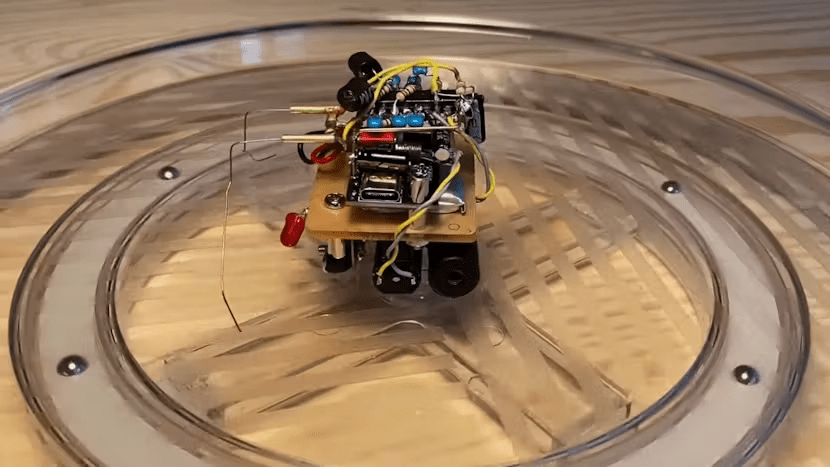
This project is actually a small robot experiment that “hardware implements intelligence” using very simple electronic components (such as resistors, capacitors, and photoresistors). The core idea is that without modern microprocessors, AI chips, or complex algorithms, a robot can exhibit behavior similar to “intelligence” using only the most basic analog circuits.
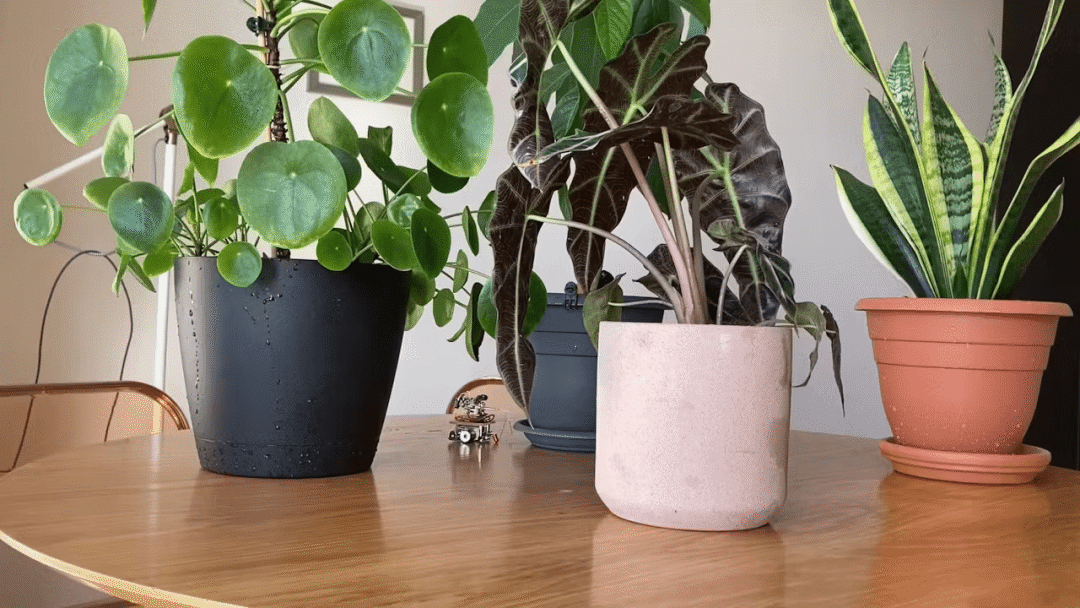
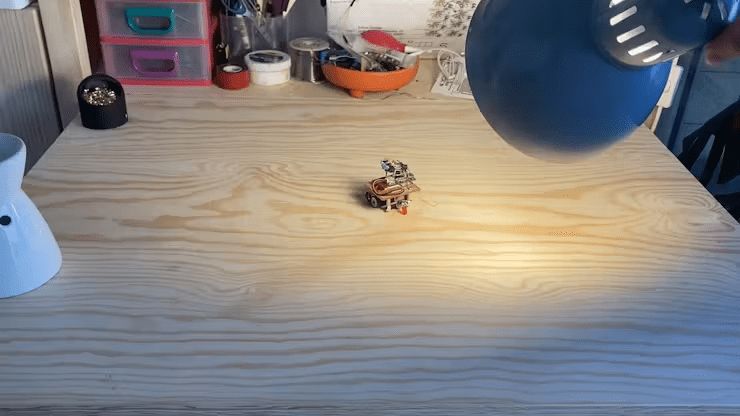
Simple Explanation of Project Principles
- Traditionally, to make a robot “smart”, we would use sensors to collect information and then run AI models on computing platforms like Raspberry Pi or NVIDIA Jetson, or run optimized algorithms on microcontrollers.
- However, decades ago, before these powerful chips existed, some engineers used the simplest circuits—like the “neuron” circuits in BEAM robots—to achieve complex behaviors.
- These “neurons” are actually very simple analog circuits that can only perform basic actions, such as switching voltage levels and delaying signals. Some even use photoresistors to adjust behavior based on light intensity.
- A single “neuron” is simple and can hardly do anything, but if they are connected in series and stacked, they can produce very complex “emergent behaviors”, making it seem like the robot has some “intelligence”.
What Did This Project Accomplish?
- The author, ALTco, created a small robot that does not use any microprocessors, relying entirely on a “neuron” circuit made up of resistors, capacitors, photoresistors, and other components.
- These circuits control the robot’s motors, allowing it to move autonomously around a room.
- The robot does not simply chase light; sometimes it approaches the light source, and sometimes it does not, entirely depending on the internal state combinations of the “neurons”.
- Interestingly, when the robot is about to get stuck, it often manages to “find a way out” on its own, a behavior entirely generated by the clever combination of hardware circuits, rather than relying on software or AI algorithms.
This project demonstrates that even without modern AI chips and complex algorithms, using only the most basic electronic components and clever design, a robot can exhibit complex behaviors similar to intelligence. This approach may not scale to larger projects, but it is very interesting as a science popularization and experiment, and it allows for a re-examination of the essence of “intelligence”.
Source: <span>https://www.hackster.io/news/hardwired-for-intelligence-1f5fe82df6c6</span>
LattePanda Mu Multifunctional Portable Cyberdeck
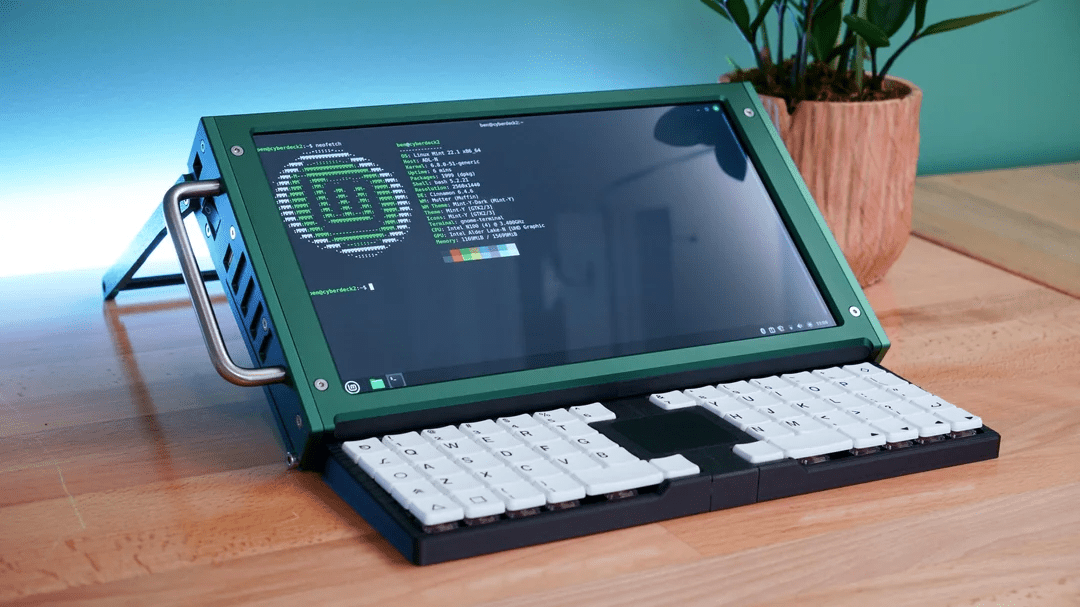
This homemade LattePanda Mu Cyberdeck is an innovative portable computing device, essentially a tablet equipped with a slide-out keyboard and stand. Its core highlight is the custom “carrier” PCB designed for the LattePanda Mu, greatly expanding its functionality.
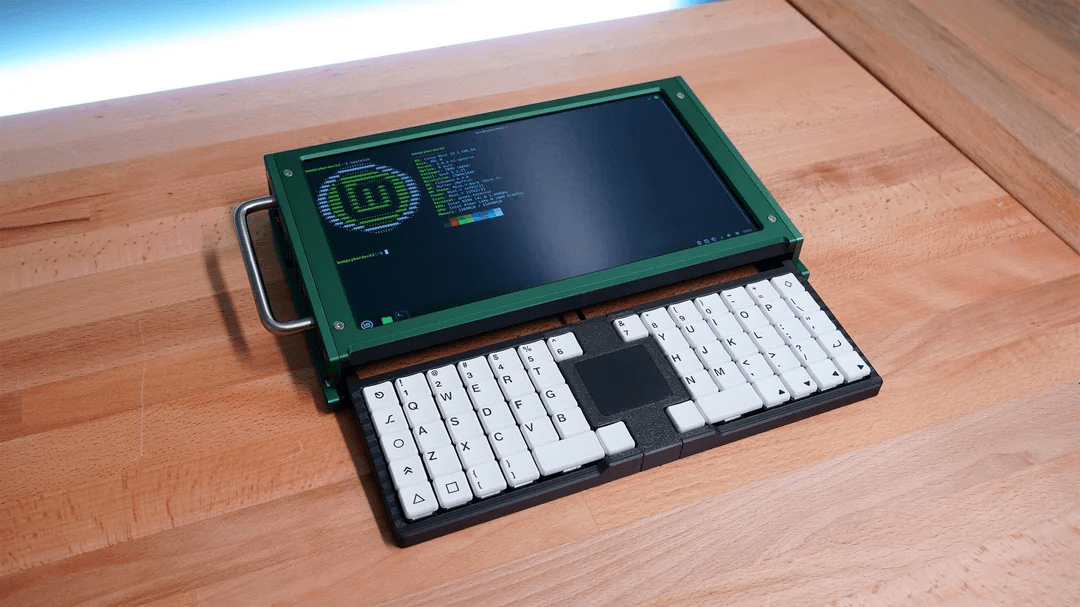
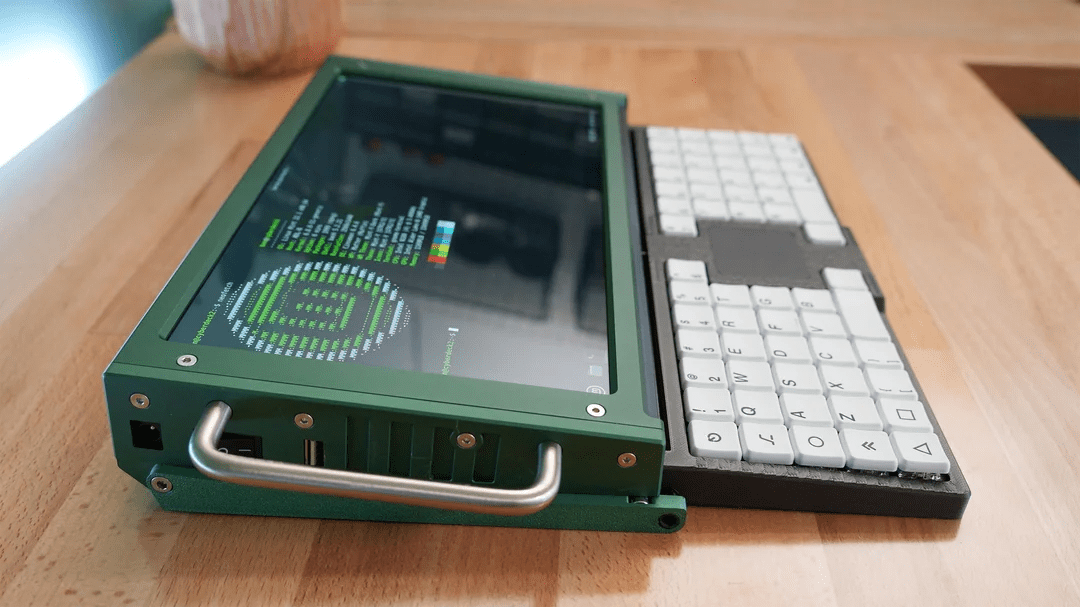
The device is equipped with a rich array of interfaces, including four full-size USB ports (two 3.0 and two 2.0), one full-size HDMI port, and two USB input ports using JST-style connectors, which connect to a custom detachable orthogonal mechanical keyboard and USB audio device. A 40mm speaker is also installed on the back.
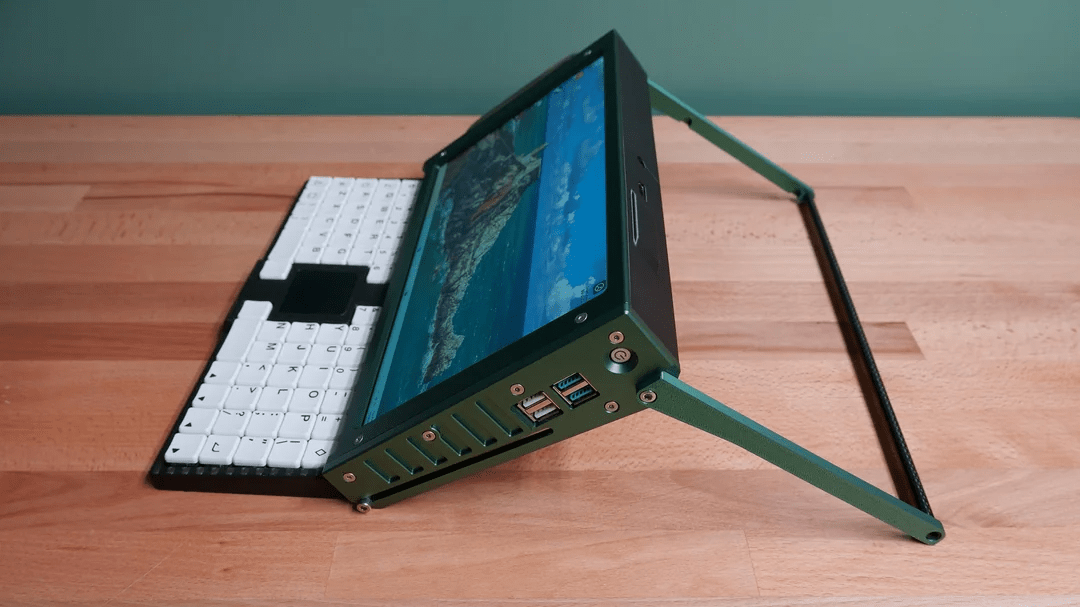
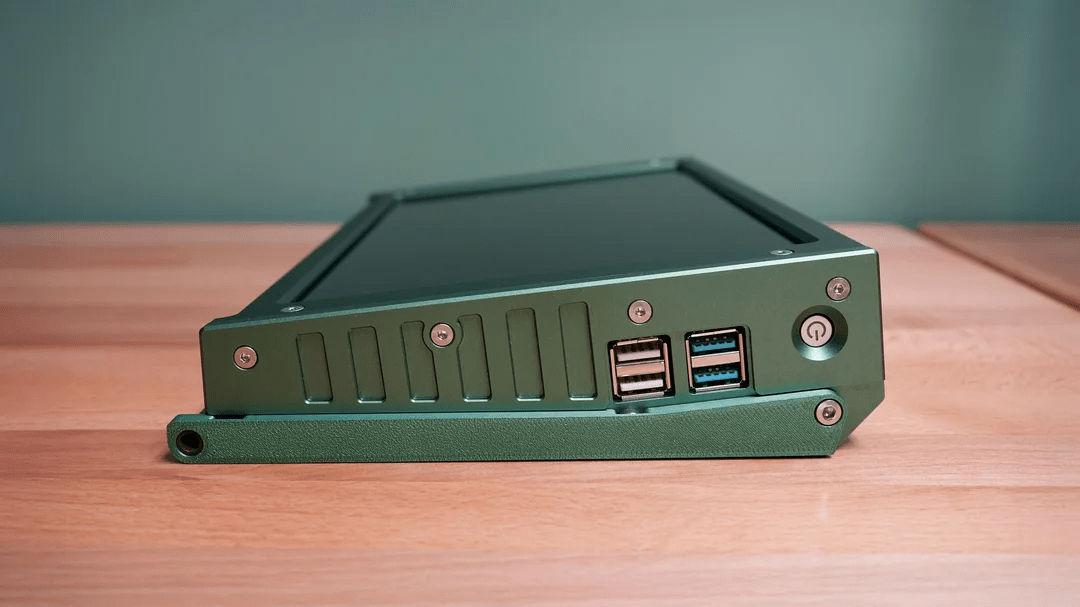
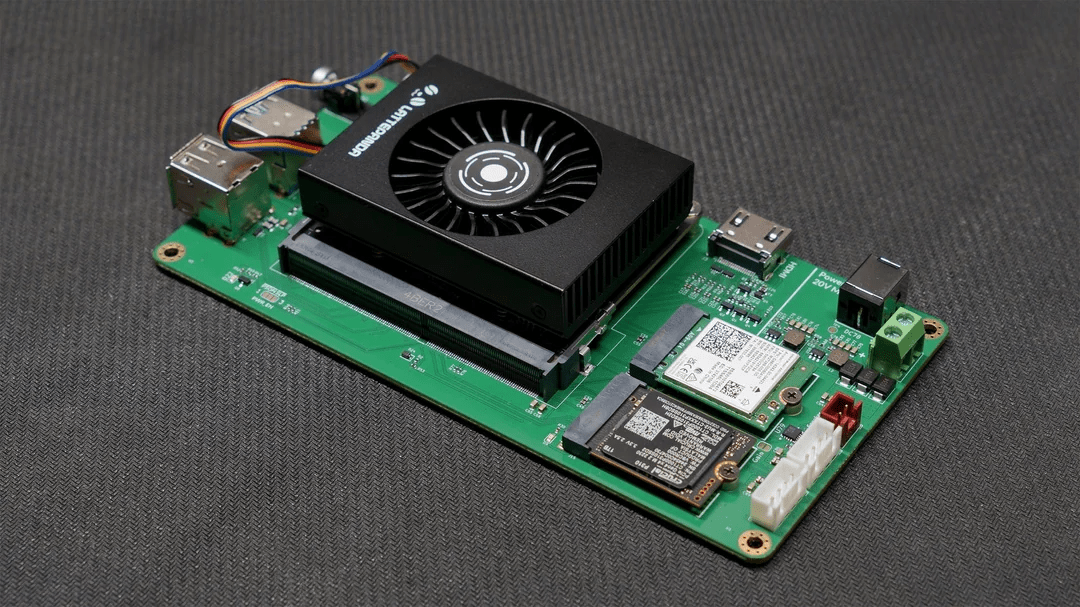
In terms of hardware configuration, it has two M.2 slots (one for a built-in 1TB SSD and the other for a WiFi/Bluetooth module), as well as an 11.6-inch touchscreen with a resolution of 1920×1080. The entire device is powered by a modified 12V power supply unit (containing six 18650 batteries), and the casing is made of a combination of anodized aluminum and PLA materials.
On the system side, it can dual-boot pre-installed Windows 11 and Linux Mint installed on the SSD, catering to different usage needs.
Source: <span>https://www.reddit.com/r/cyberDeck/comments/1jzvhbi/my_lattepanda_mu_cyberdeck/#lightbox</span>
GPS-Free “Laser Navigation” Robot for Small Farms
This project focuses on developing a navigation solution for agricultural robots that does not require GPS or additional positioning devices for small to medium-sized farms.
The research team utilized LiDAR and intelligent navigation algorithms to enable the robot to navigate precisely between rows of nearly identical crops in environments such as greenhouses or raised planting beds.
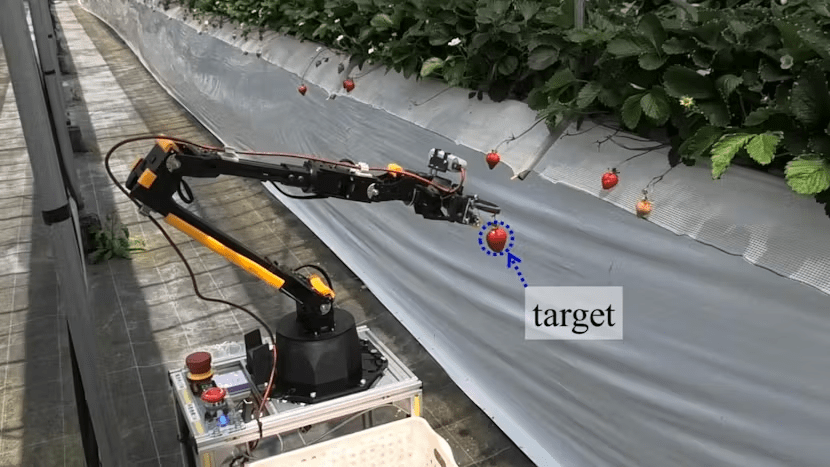
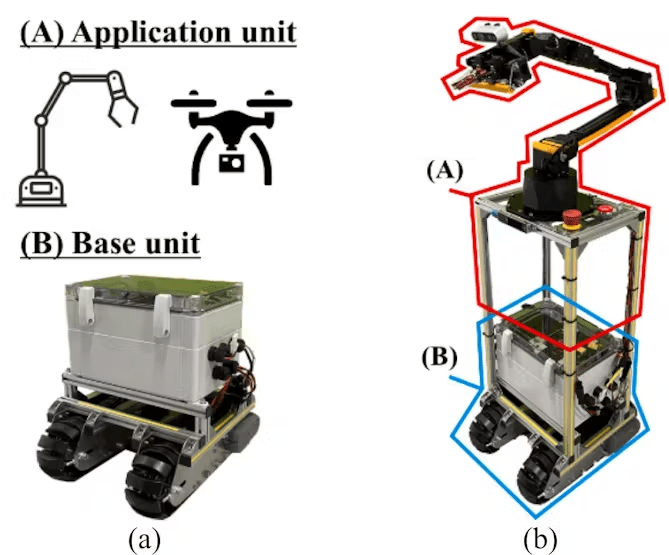
Unlike traditional methods that rely on GPS or ground markers, this system only requires LiDAR to scan the position and shape of the crop beds, adjusting the robot’s distance and angle to the crops in real-time through two modes: “waypoint navigation” and “crop bed following”, ensuring no collisions and no getting lost. Field tests have shown that the robot can maintain high precision even in complex, narrow, or uneven terrain, greatly improving the efficiency of agricultural operations such as automatic harvesting and pruning.
The project’s biggest highlight is that it significantly lowers the automation threshold, allowing small to medium-sized farms to easily utilize intelligent robots, effectively alleviating labor shortages and promoting agriculture towards a smarter and more efficient direction.
Source: <span>https://www.hackster.io/news/automating-small-scale-farms-76c0b1b0e494</span>
Arduino Electronic Crocodile
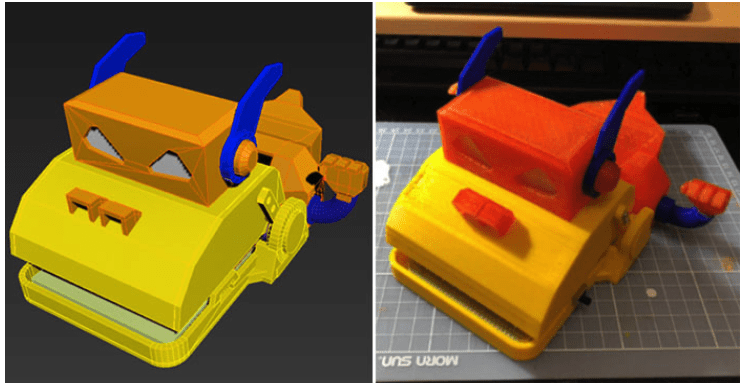
This project upgrades the classic “Crocodile Dentist” board game to an electronic version, utilizing an Arduino main control board and servos to achieve automatic opening and closing of the mechanical crocodile’s mouth and interactive fun.
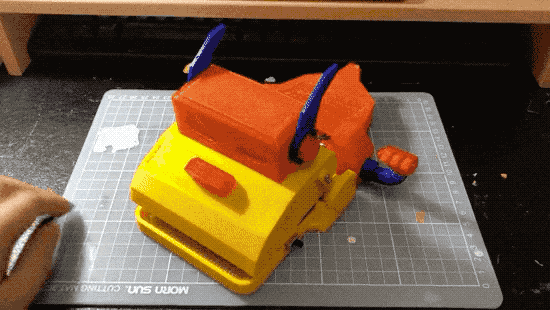
Players press different buttons to “pull teeth”; each game, the Arduino randomly sets a “dangerous tooth”. If this tooth is pressed, the crocodile’s mouth will immediately snap shut, providing surprise and excitement.
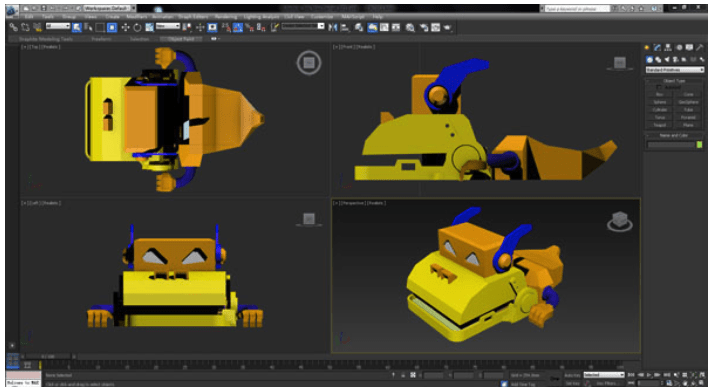
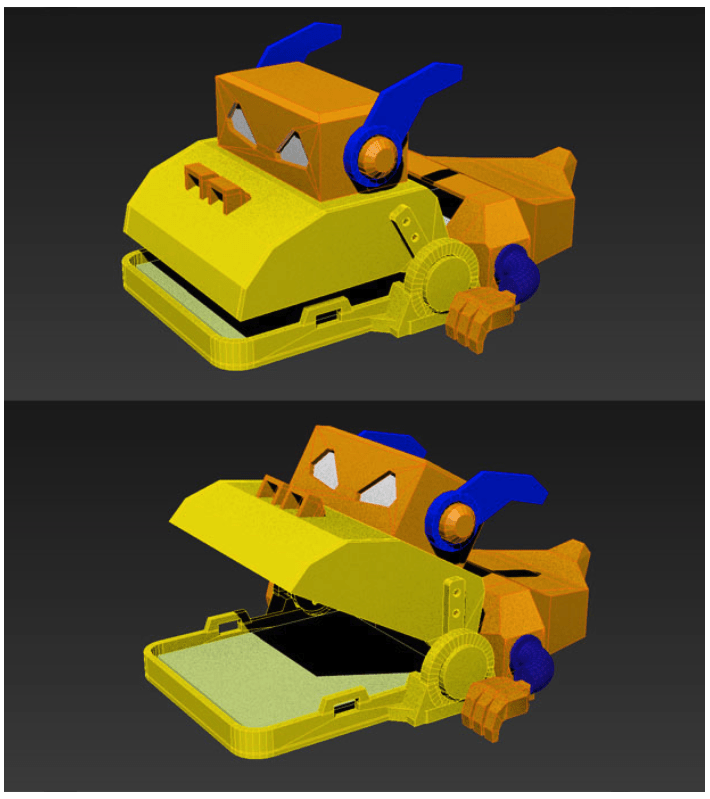
The entire device uses a 3D printed shell, combined with LED lights and buttons, retaining the original game’s tension while adding electronic fun.
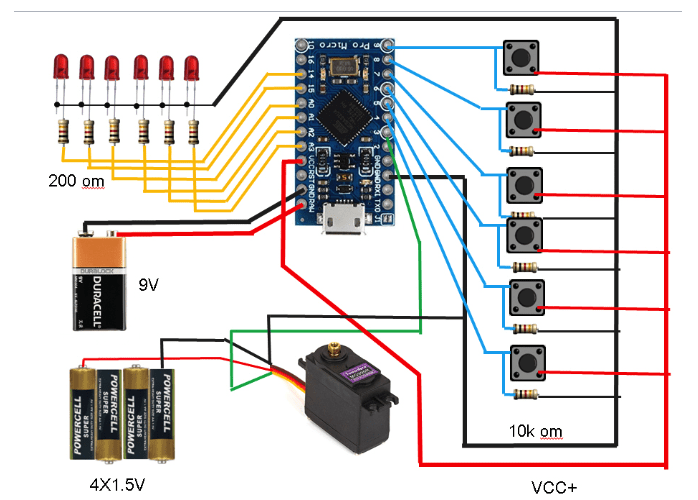
The project structure is simple and easy to grasp, suitable for makers and parent-child interaction, and can also enhance basic circuit and Arduino programming skills, making it a very suitable creative electronic project for beginners and entertainment.
Source: <span>https://www.instructables.com/Electronic-Crocodile-Robot/</span>
Handheld RGB LED Retro Game Console
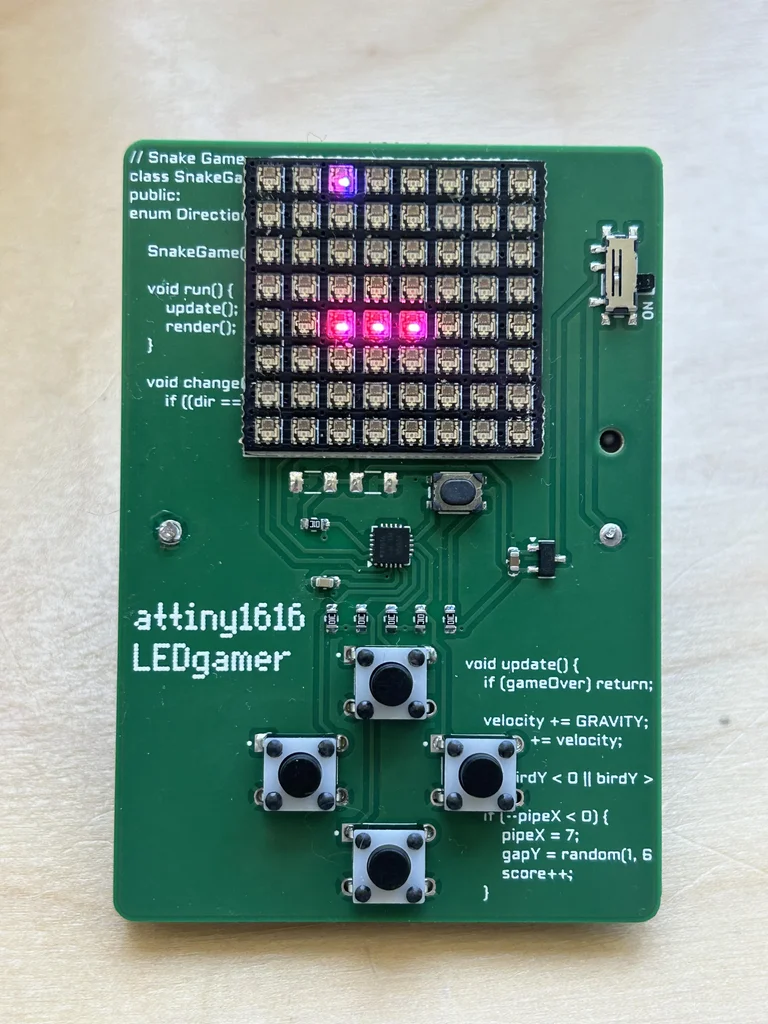
This pocket-sized gaming device uses an 8×8 RGB pixel matrix to present classic games like Snake and Flappy Bird. This compact game console is centered around RGB LEDs, achieving the fun of retro gaming with minimal electronic components.
The project uses the ATTINY1616 chip, which costs only $0.90, as the core processor, paired with Adafruit’s DotStar high-density 8×8 LED matrix to achieve vibrant game visuals. Although the LED matrix is relatively expensive ($25), it provides excellent display quality and usability. The game console is equipped with five buttons, four for game control and one for switching between different games. Even more surprisingly, this tiny chip can simulate gravity effects in the Flappy Bird game!
If you are an electronics enthusiast or a retro gaming fan, this pocket-sized RGB LED game console can bring you the joy of DIY and a nostalgic gaming experience.
Source: <span>https://www.instructables.com/RGB-LED-Pocket-Gamer/</span>
Weekly published in DF Maker Community
Previous Recommendations
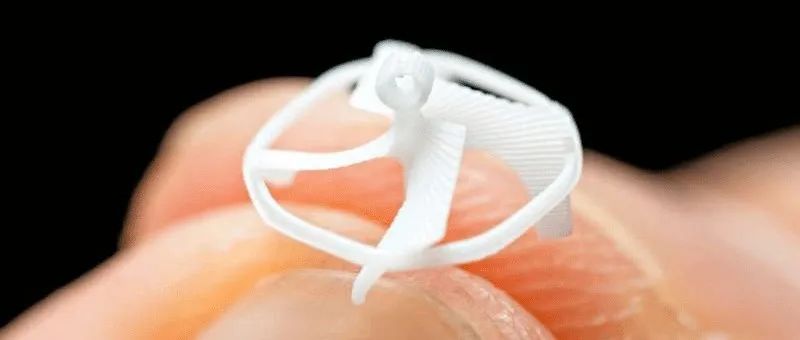
The world’s smallest controllable flying wireless robot | DF Maker Weekly (Issue 125)
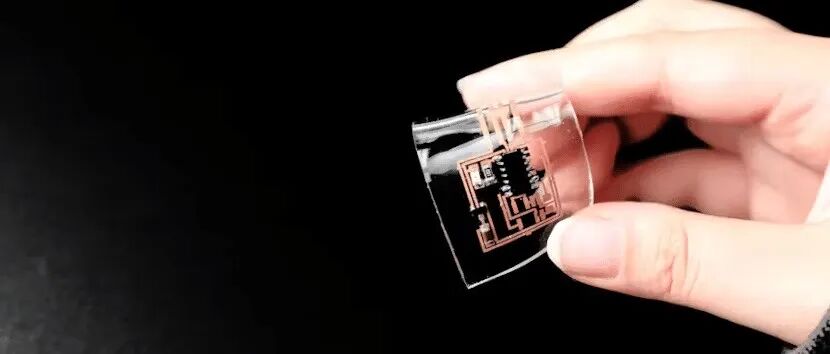
Laser engraving flexible circuits, dual-arm collaborative robots, ESP32 mini chatbots | DF Maker Weekly (Issue 124)
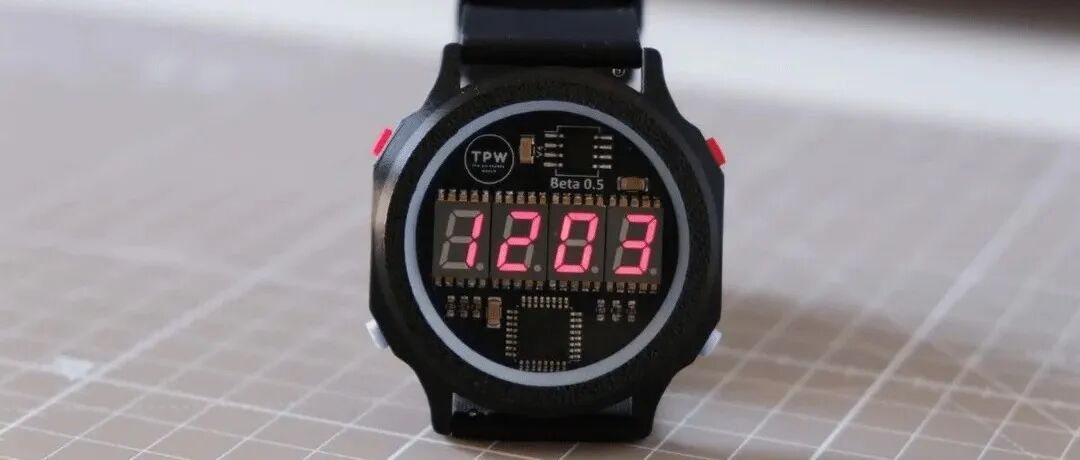
Retro-style Arduino watch, the world’s smallest LED blinking circuit, old phones turned into routers | DF Maker Weekly (Issue 123)
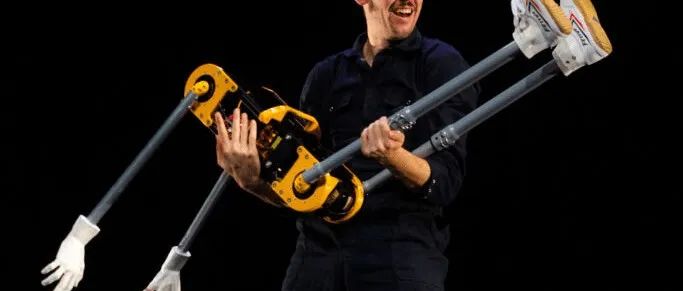
A circus-performing open-source robot, homemade electric 3D scanning turntable, transparent Arduino UNO board | DF Maker Weekly (Issue 122)

Portable smart radiation detector, mini OLED screen driven by ATtiny85, open-source robotic arm, prime clock | DF Maker Weekly (Issue 121)
Hardware Arsenal

DFRobot Official Mall Mini Program DFRobot Official Brand Store https://dfrobot.taobao.com/DFRobot Official Flagship Store https://dfrobot.jd.com/
DFRobot Official Brand Store https://dfrobot.taobao.com/DFRobot Official Flagship Store https://dfrobot.jd.com/
Submissions & Recommendations
The community public account will continue to record shareable maker-related content weekly, tentatively scheduled for release every Friday~All articles are open source,and we welcome friends to submit or recommend related content.(At least include one image, one sentence, and the original link)Submission email:[email protected]If anyone has anything to say, feel free to leave a message in the comment section!Let’s work together to share more fun projects!